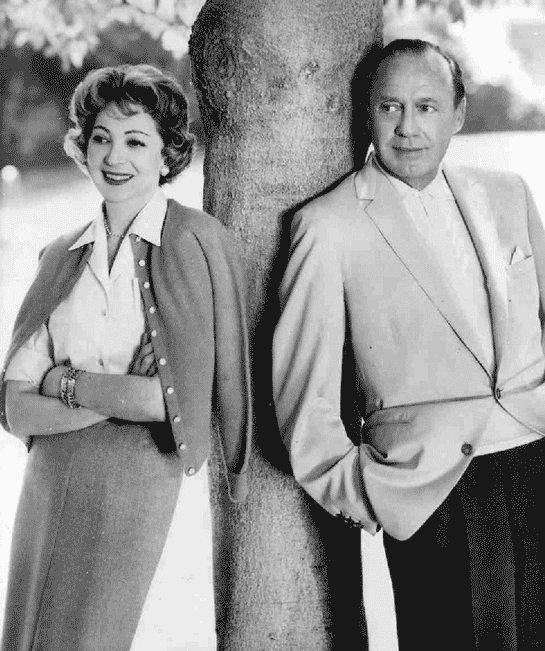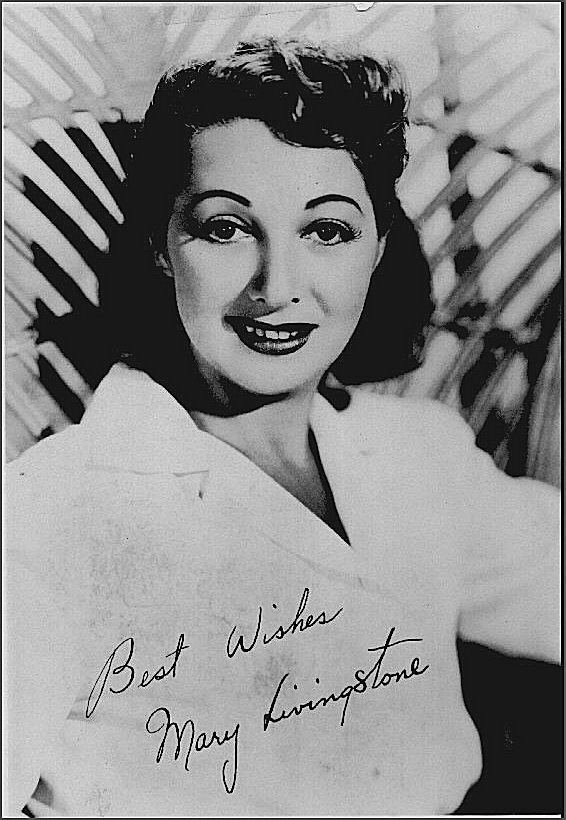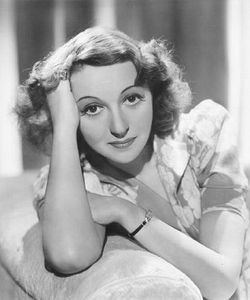Name Mary Livingston Books Jack Benny Children Joan Benny | Spouse Jack Benny (m. 1927–1974) Role Actress | |
 | ||
Died July 30, 1983, Holmby Hills, Los Angeles, California, United States Siblings Babe Marks, Hilliard Marks Similar People Jack Benny, Eddie "Rochester" Anderson, Bing Crosby | ||
How jack benny found mary livingston
Mary Livingston (c. 1541–1579) was a Scottish noblewoman and childhood companion of Mary, Queen of Scots, one of the famous "Four Marys".
Contents
- How jack benny found mary livingston
- Legacy of jack benny to mary livingston
- Early life
- Queen Marys court
- Marriage
- References

Legacy of jack benny to mary livingston
Early life

Mary Livingston was born around 1541, the daughter of Alexander Livingston, 5th Lord Livingston (c. 1500–1553), who was Queen Mary's guardian, and his second wife, Lady Agnes Douglas, the daughter of John Douglas, 2nd Earl of Morton. Her brother was William Livingstone, 6th Lord Livingston (died 1592) and she was the aunt of Alexander Livingstone, 1st Earl of Linlithgow (died 1621).

As a child, she and three other girls of similar age and standing, were chosen by the queen's mother, Mary of Guise, to become one of Queen Mary's ladies-in-waiting. The other three "Marys" were Mary Fleming, Mary Seton and Mary Beaton.
Queen Mary's court

The leading preacher of the Scottish Reformation, John Knox, disapproved of Queen Mary's court, and included some remarks on the marriage in his History of the Reformation in Scotland. According to Knox, Sempill was called the "Dancer", and Livingstone was known as "Lusty" and pregnant before their wedding. A grant of lands made by Queen Mary to the couple in 1565 was renewed to Mary Livingstone by James VI of Scotland in 1581. Knox singled out the barony of Auchtermuchty which was included in this grant as one of the rewards given by the Queen to courtiers of whom he disapproved, rather than to hard-working administrators.
The 19th-century writer Agnes Strickland researched the marriage, noting that it was delayed rather than "shame-hastened" as Knox suggested, and had been discussed in autumn 1564. It was celebrated at Court during the Shrove-Tide feast on 5 March, called "Fasterins Eve" in Scotland. The diplomat Thomas Randolph called it the "great marriage of this happie Englishman that shall marrie lustie Livingston." Randolph heard of a plan to invite the Earl of Bedford who was Governor of Berwick-upon-Tweed to the wedding because Sempill's mother was English. The Earl of Bedford had not previously visited Edinburgh. Queen Mary gave "Mademoyselle de Sanple" a present of a bed made from scarlet and black velvet, with embroidered taffeta curtains and silk fringes.
Marriage
In March 1565, Mary Livingston married John Sempill of Bruntschiells and Beltrees, a son of Robert Sempill, 3rd Lord Sempill (c. 1505–1576), who had been born in England.
